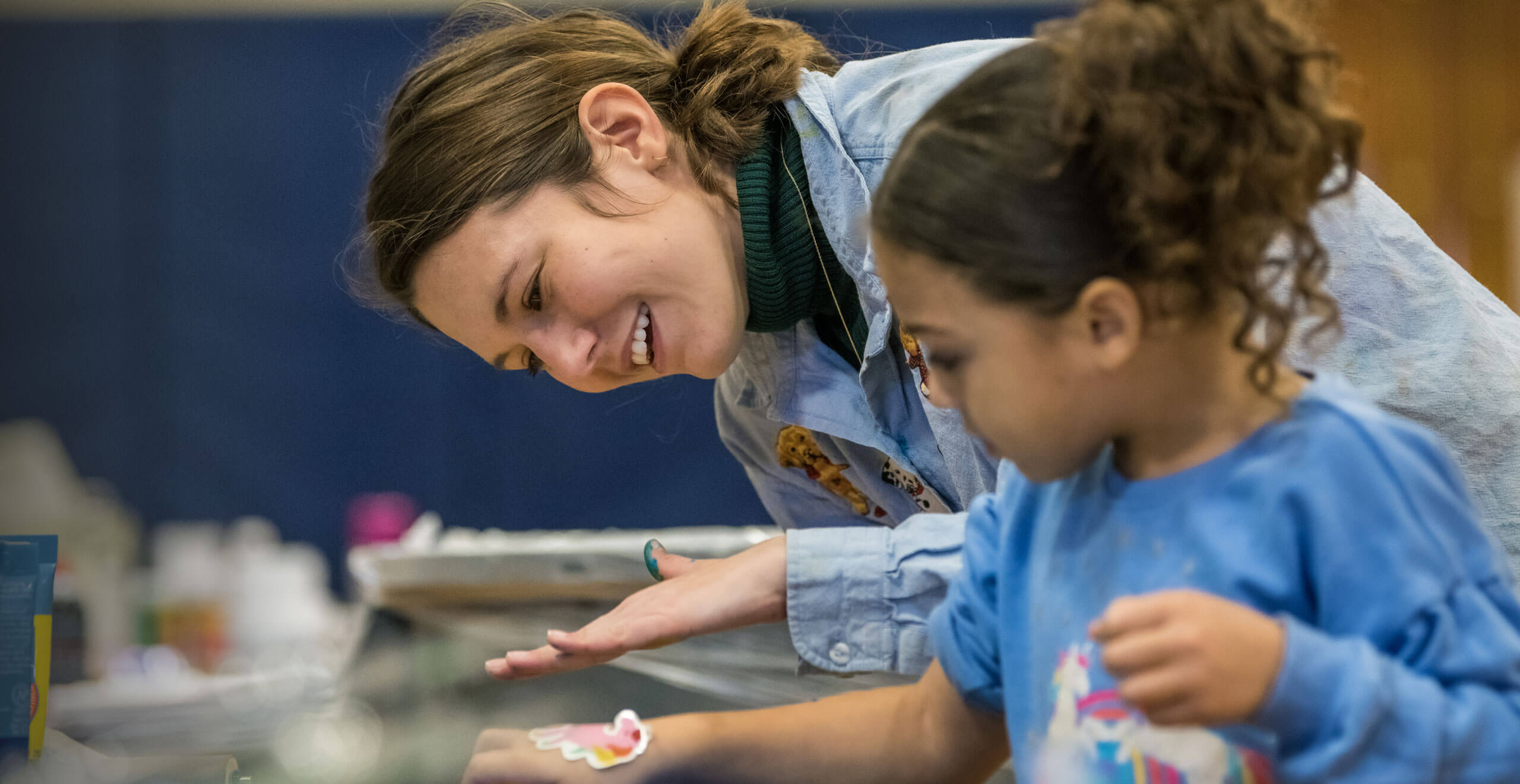Helping the Flower City Bloom With Art and Design
Children approach the table and Kate Jacobs ’20 (illustration) introduces them to stamp printing. As they create, Jacobs asks them about their plans for the weekend, what their favorite colors are, and other questions that prompt even the shyest child to come out of their shell.
At first, many of the children were unsure about the new people visiting their school. But all of them left with smiles on their faces, new artwork in hand, and an excitement about creating.
Jacobs is enrolled in RIT’s one-year master’s degree program for teaching art and was volunteering at a three-day community art camp during February school break. Jacobs and the master’s program cohort regularly host free arts and crafts events for the local community.
“Most of the projects are open-ended, and it empowers the kids to explore their own creativity and to discover their creative voice,” said Jacobs. “For me, it’s also a good reminder that one of the aspects of a teacher’s role, in a sense, is being a community builder and relating back to those around you, especially your students.”
Over the last year, RIT students, alumni, faculty, and staff have worked to give back to the Rochester community by leveraging art and design. From providing creative outlets for young students to making a shelter to protect residents from the weather, RIT community members are dedicated to giving back to the city where they blossomed into the professionals they are today.
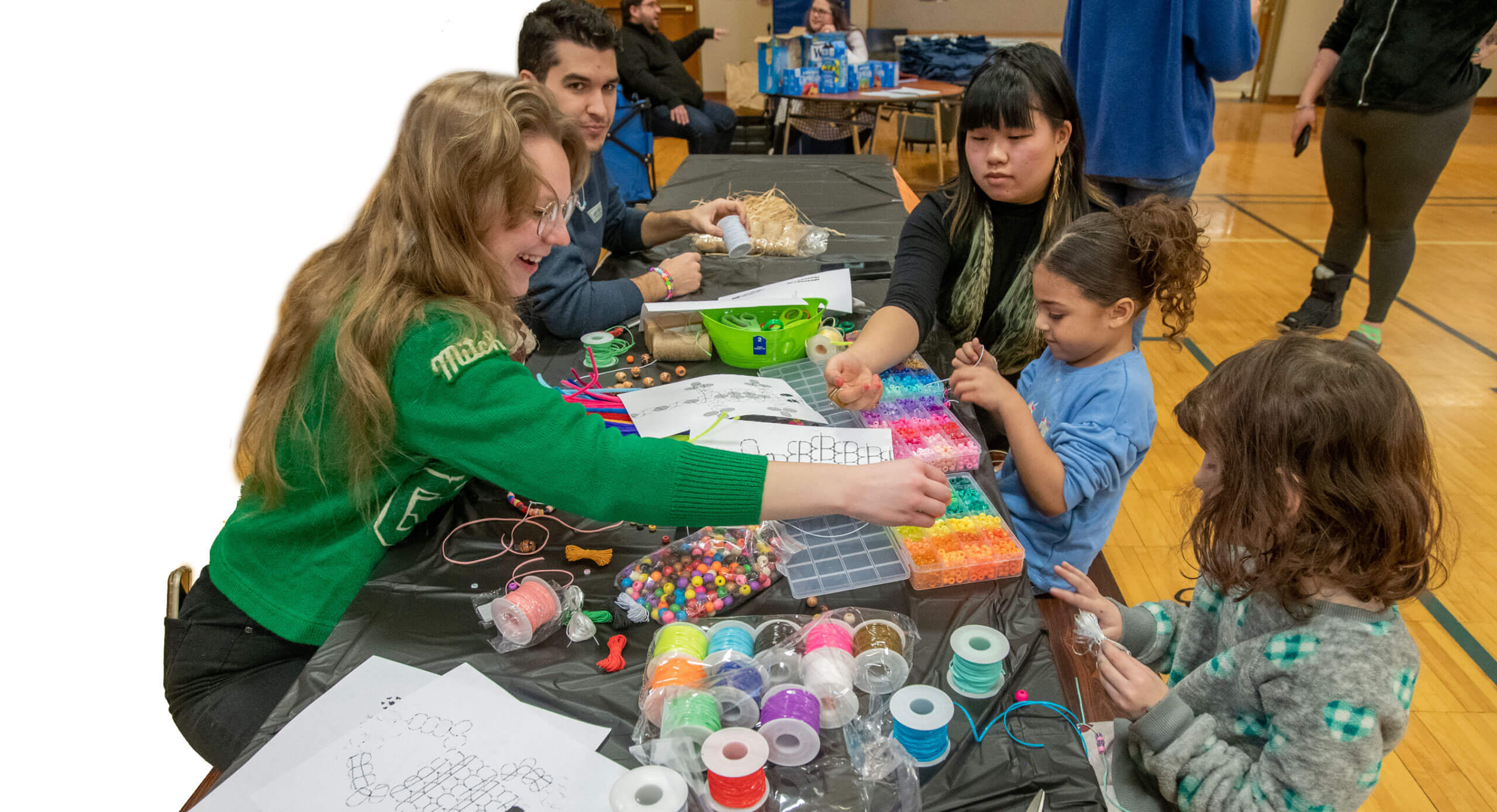
Graduate students, from left to right, Anna Henry, Gabriel Rivas, and Emily Sudock helped kids create art projects during a free camp.
RIT students helped design, manufacture, and assemble the bus shelter.
Once it’s installed, the new bus shelter will be placed at one of the preexisting bus stops located on Joseph Avenue.

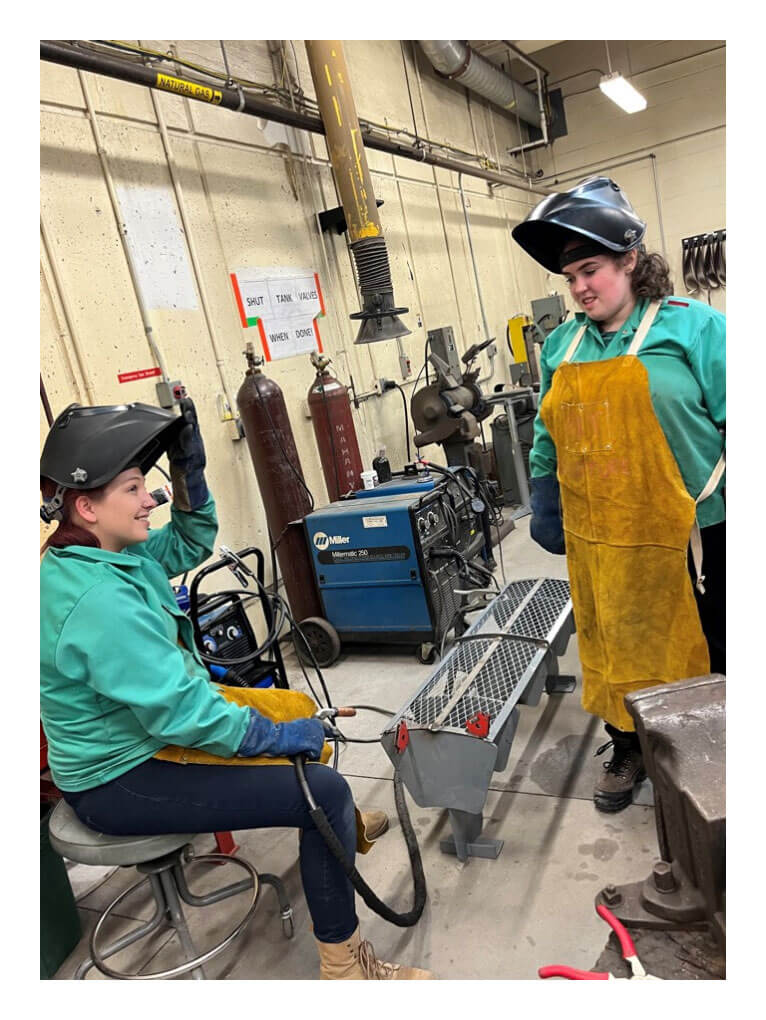
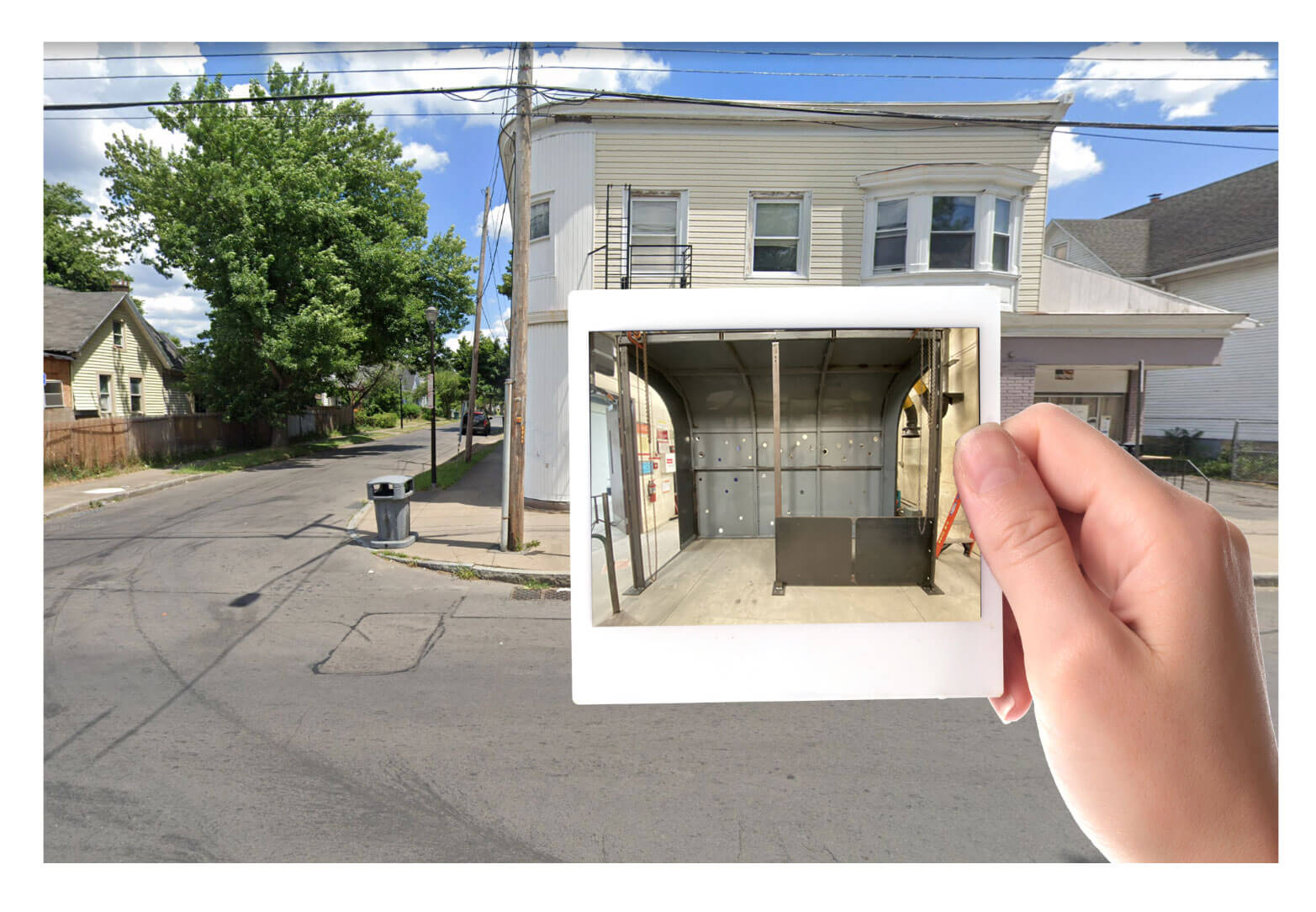
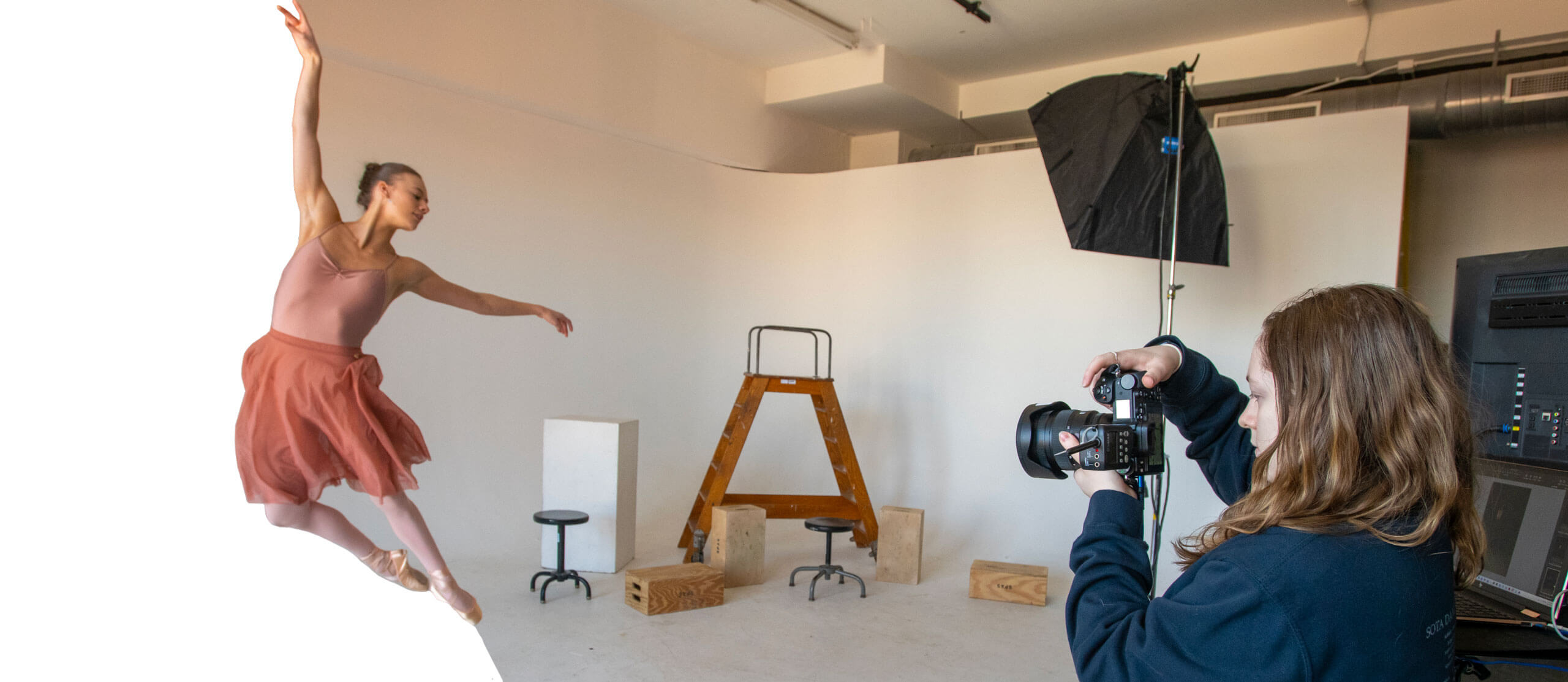
Rochester City School District senior MacKenna Rhoads gets first-hand experience as part of a dual-enrollment program with RIT.
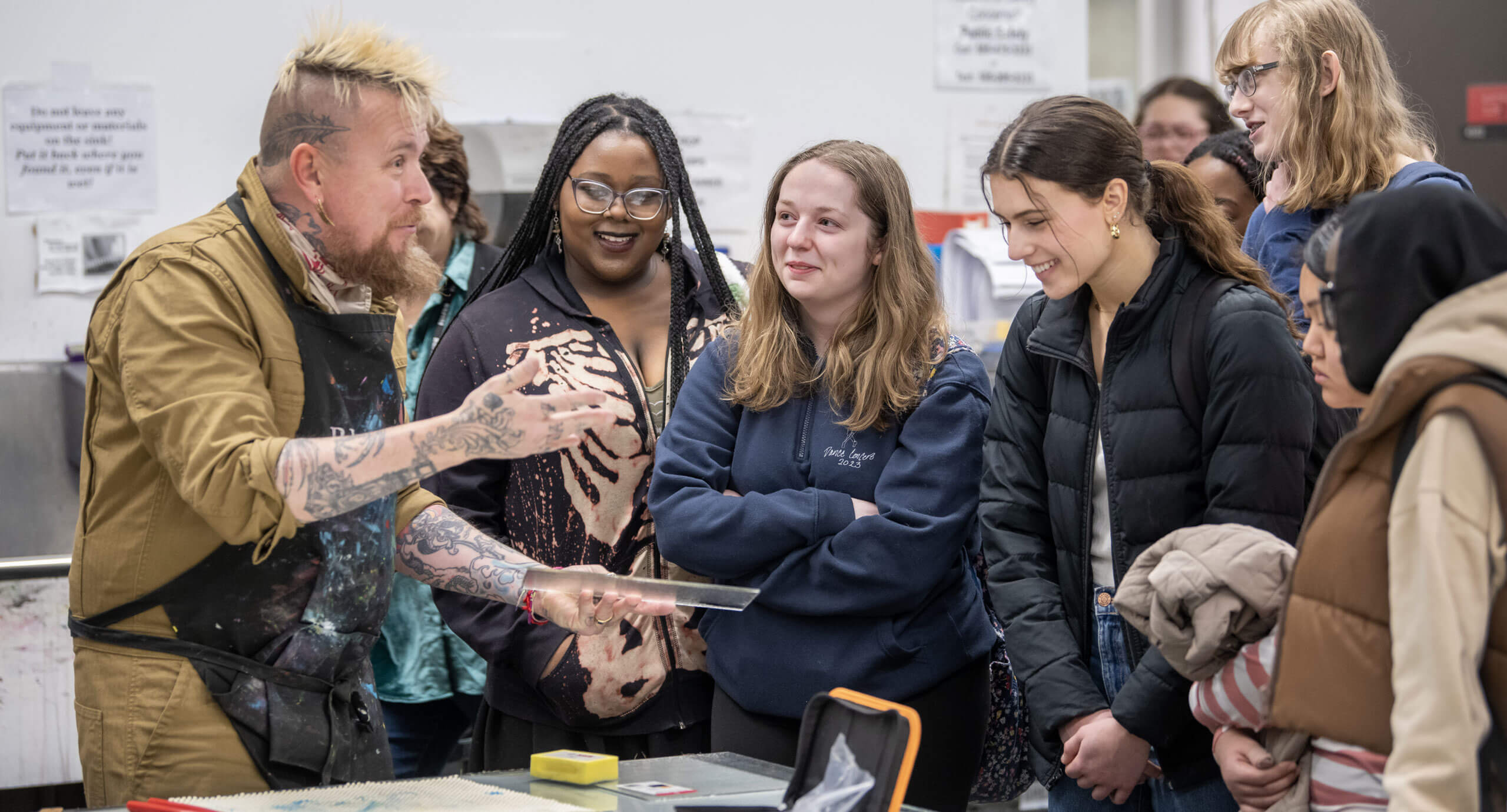
Clay Patrick McBride, a senior lecturer and nationally recognized photographer, shows high school students how to screen print on glass during a tour of RIT’s Printmaking Studio.










